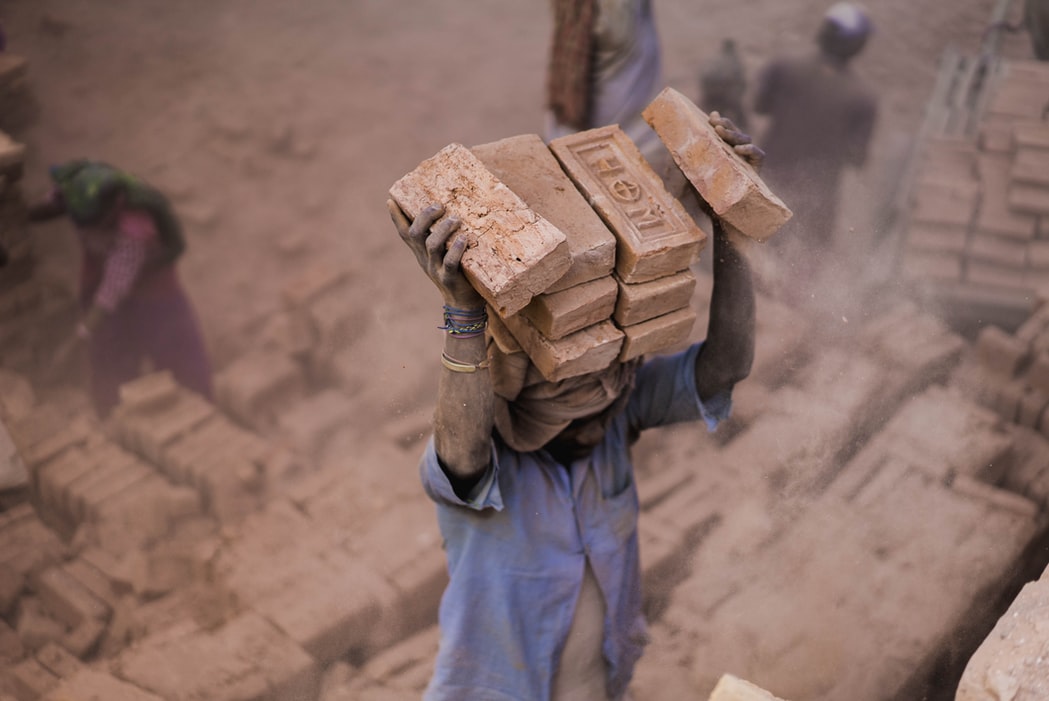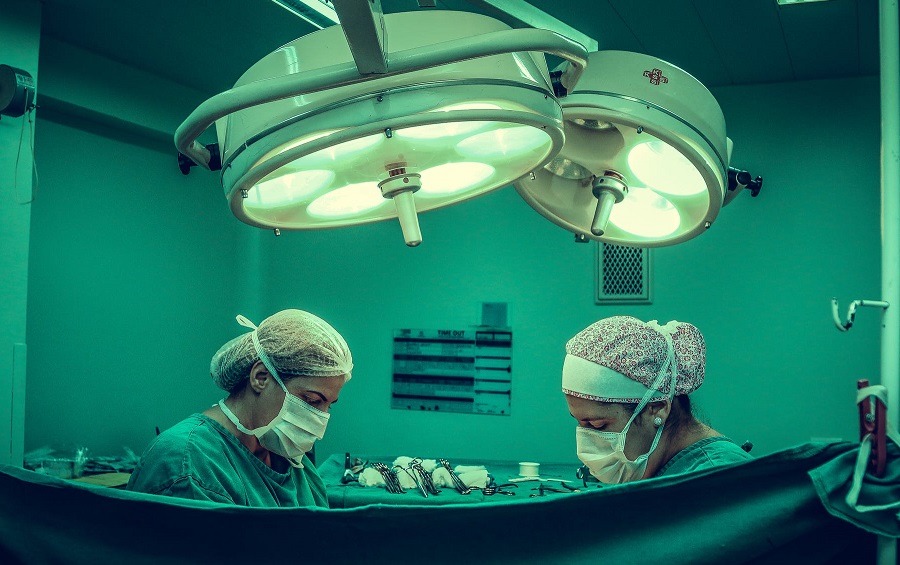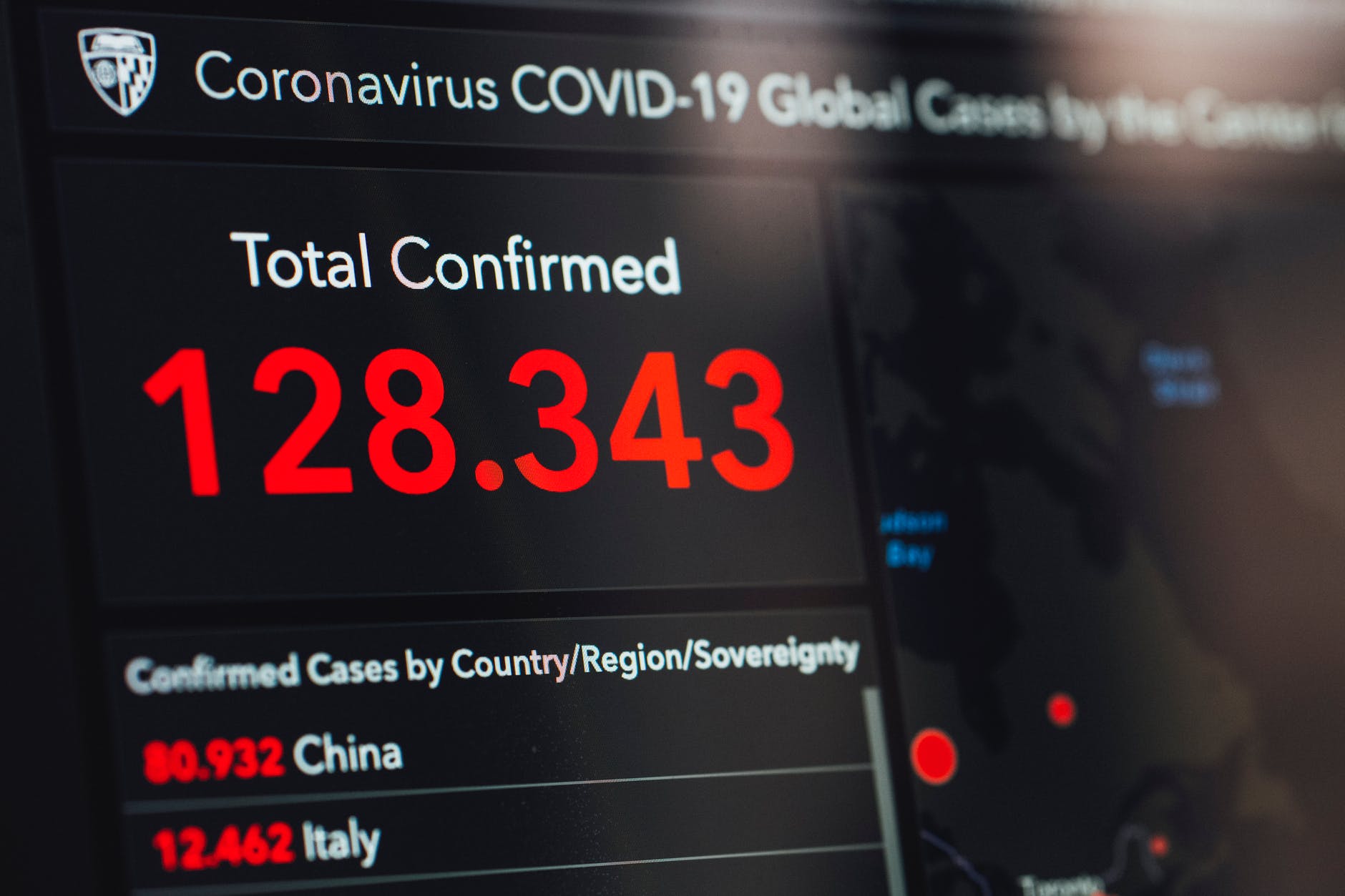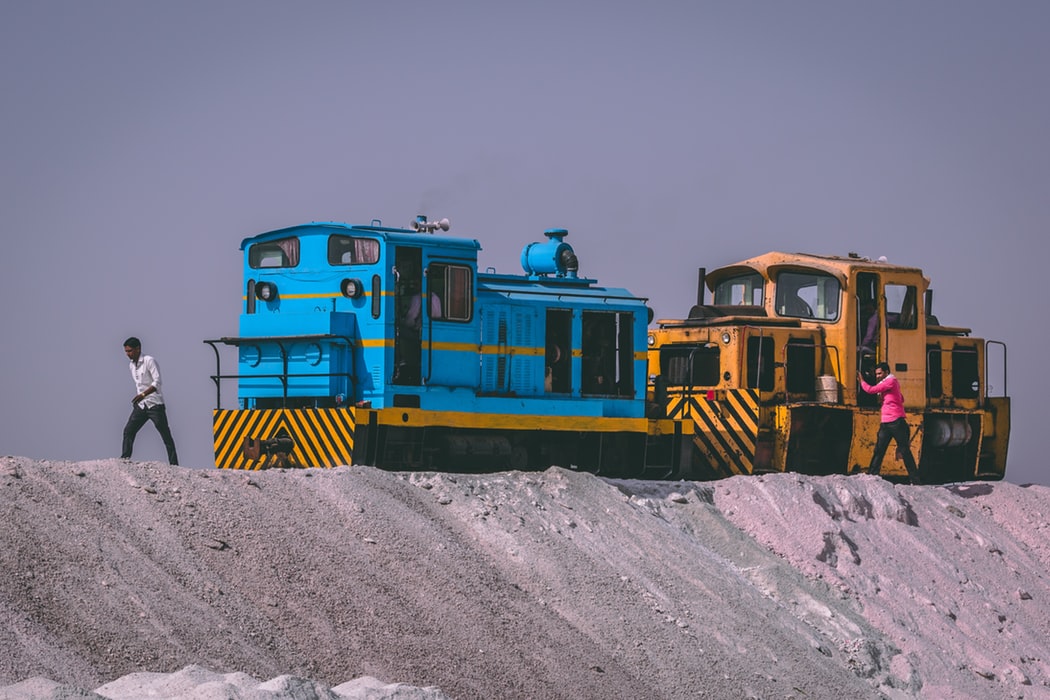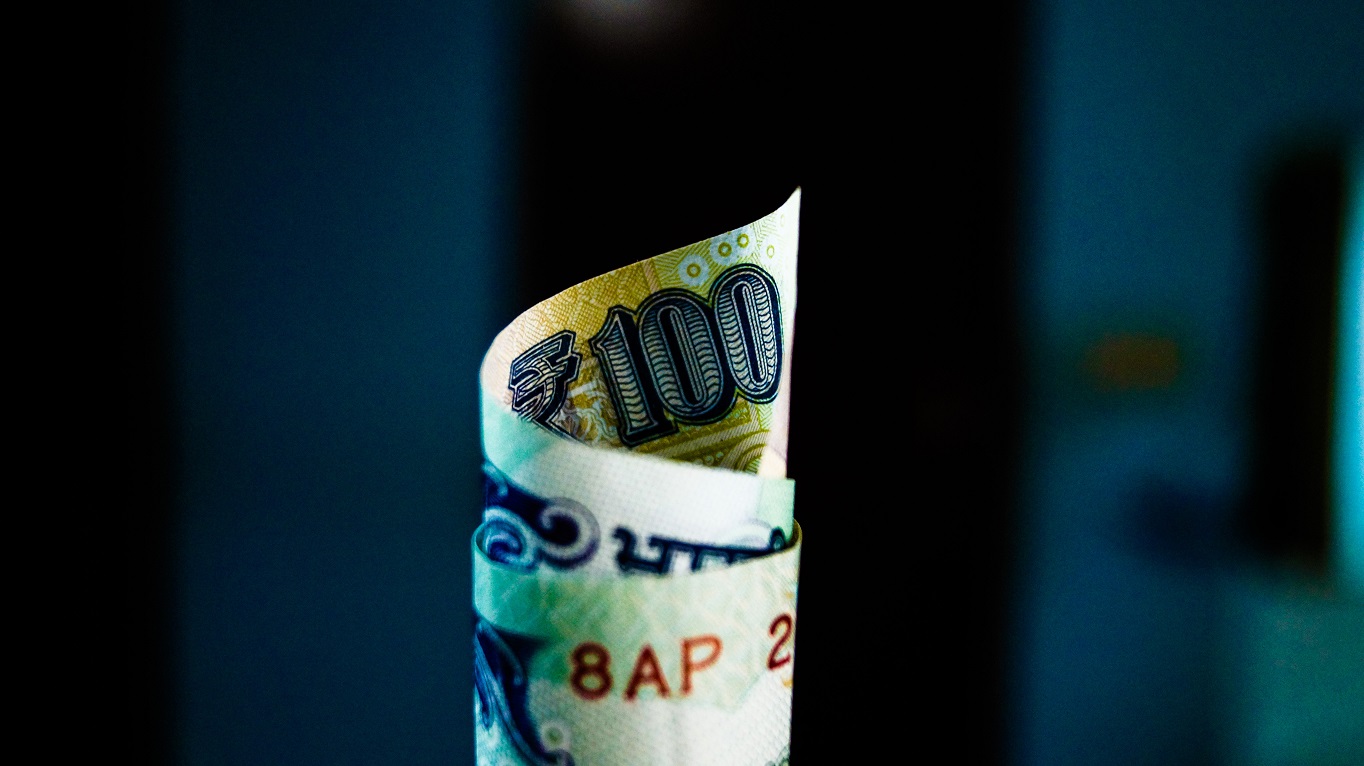An analysis suggests that handing out ₹7000 per month for a period of 3-months combined with 10 KG of free food grains a month for 6-months will come to cost only 3% of our GDP! This would classify as “stimulus” as it revives demand, even though for basic goods and services from those whose propensity to save is minimal. Keynes suggested, during World War II, that the only way to fund the war expenses of the Allied forces was through a “forced transference of purchasing power”.
